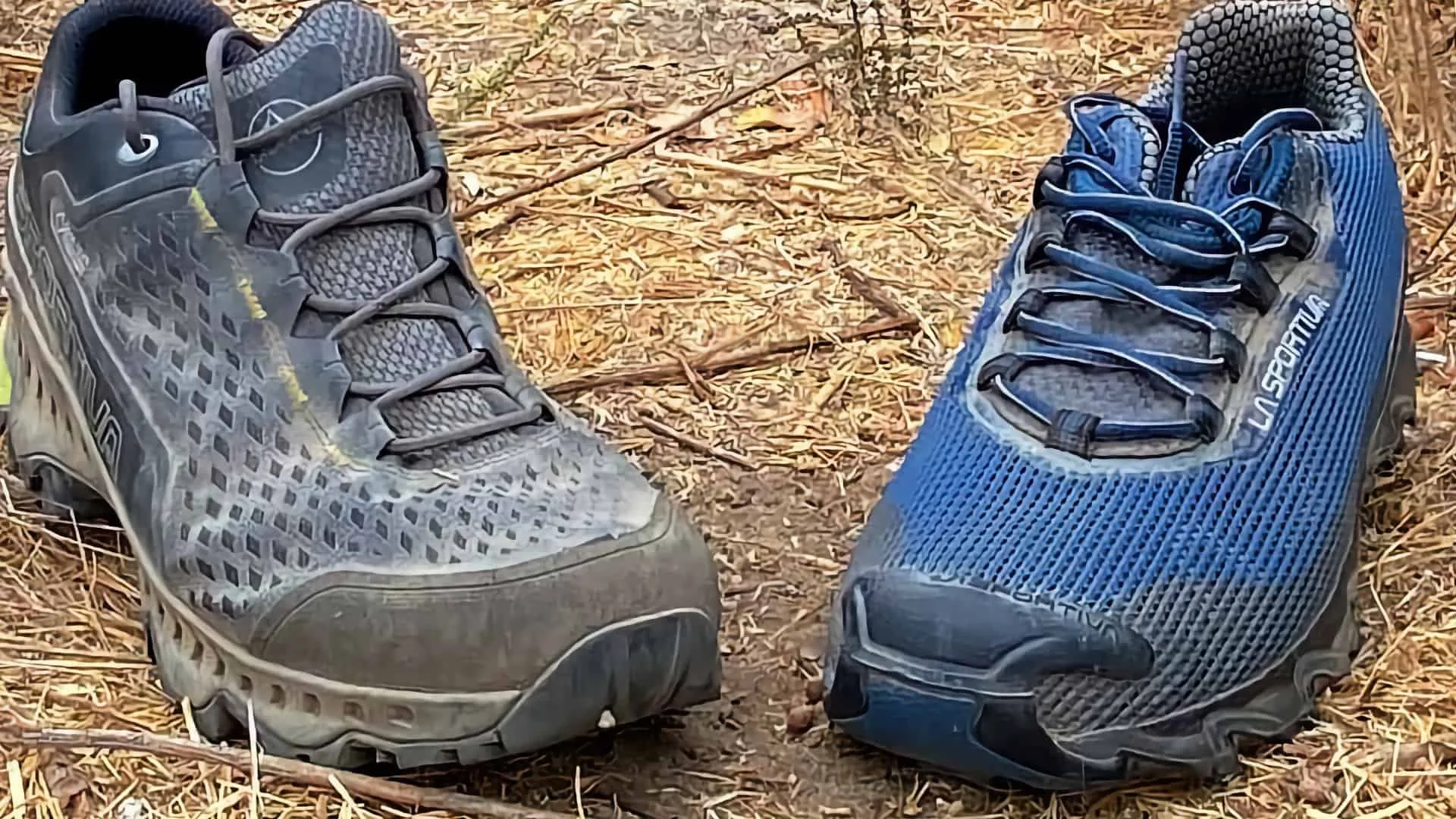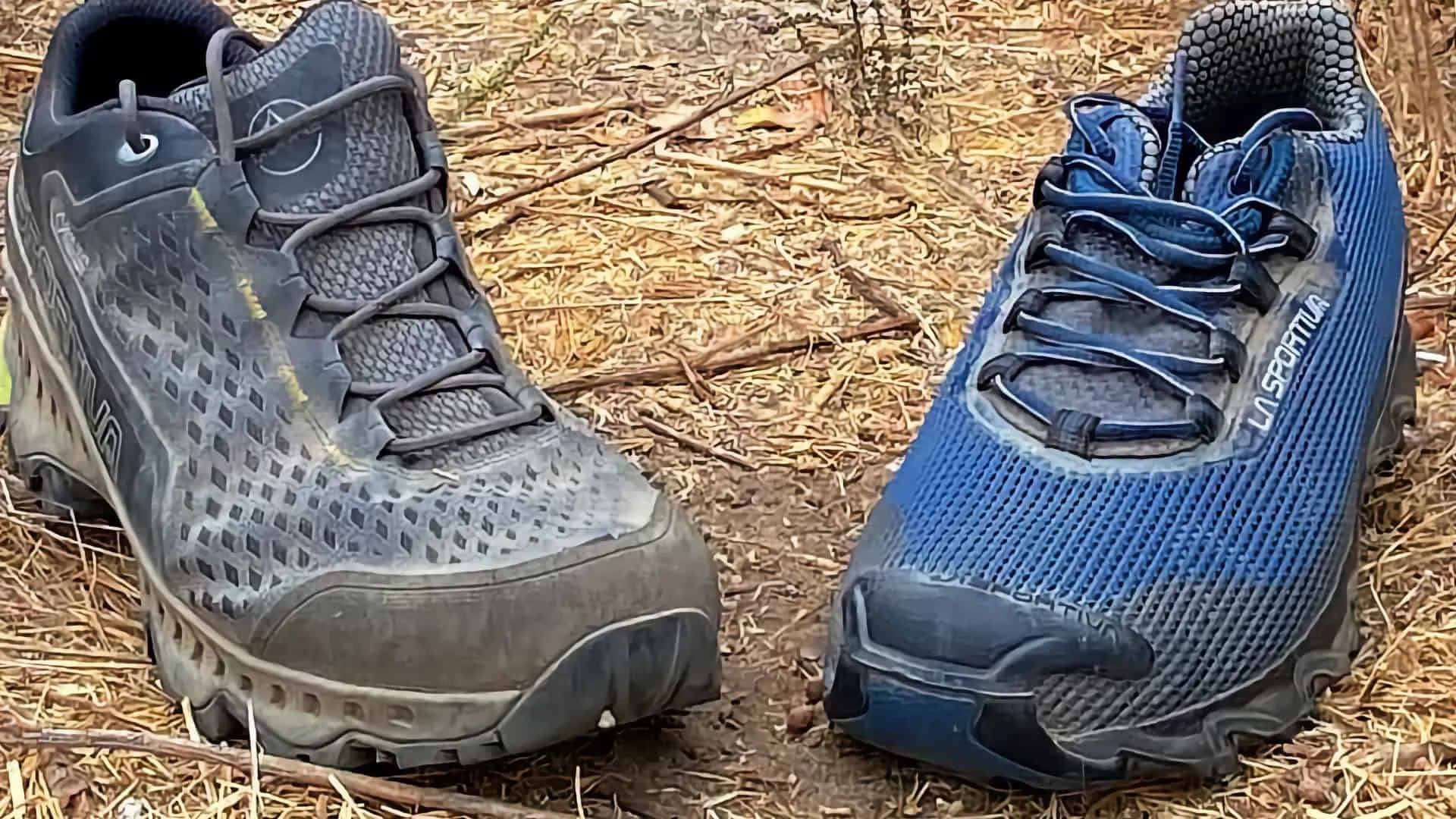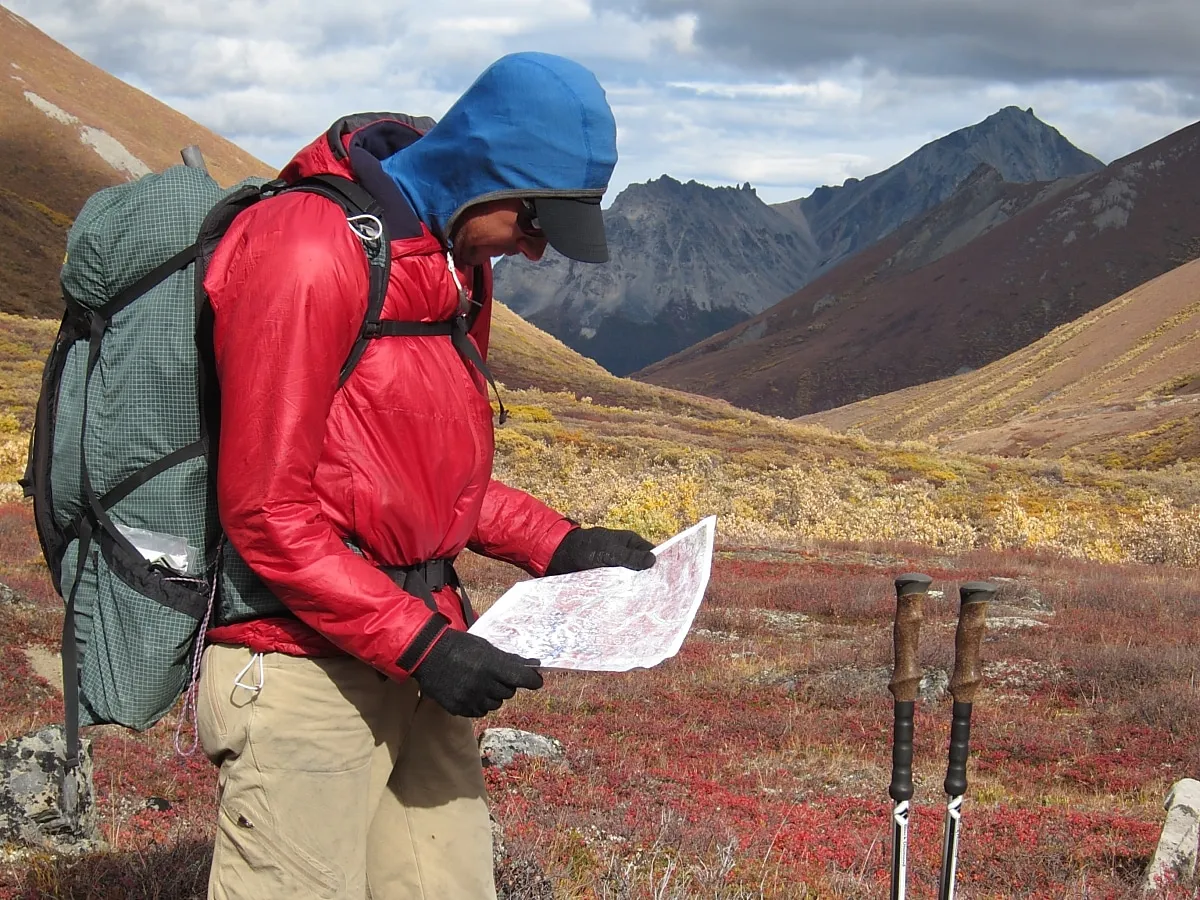
Ultimate Guide to Hiking Safety Tips: Essential Advice for Safe Trail Adventures
After two decades of exploring trails across the country, I've learned that proper hiking safety tips can mean the difference between an unforgettable adventure and a dangerous situation. Whether you're planning your first day hike or preparing for a multi-day backpacking expedition, this comprehensive guide will equip you with essential knowledge to stay safe on the trails. From my experience working with park rangers and fellow hikers at Nature Guests, I've compiled the most critical safety strategies every outdoor enthusiast should know.
Essential Pre-Hike Planning and Preparation
Research Your Trail and Know Your Limits
During my early hiking days, I made the mistake of underestimating trail difficulty, which taught me invaluable lessons about proper preparation. Effective hiking safety tips always begin with thorough research. I recommend checking trail conditions on AllTrails, consulting park websites, and reading recent reviews from other hikers. Understanding elevation gain, total distance, and terrain type helps you choose trails that match your fitness level and experience.
Personal experience has taught me that many hiking accidents occur when people overestimate their abilities. Start with beginner-friendly trails near you and gradually progress to more challenging terrain. I always advise new hikers to begin with well-marked trails under 5 miles with minimal elevation gain. This approach builds confidence while allowing you to test your gear and endurance safely.
Create a Detailed Trip Plan
One of the most critical hiking safety tips I learned from a park ranger at Glacier National Park is the importance of leaving a detailed trip plan. This document should include your planned route, expected departure and return times, emergency contacts, and vehicle description. I always share this information with a trusted friend or family member who isn't joining the hike. In emergency situations, this information becomes crucial for search and rescue teams.
Weather planning forms another essential component of pre-hike preparation. I check multiple weather sources including the National Weather Service and local park weather stations. Mountain weather can change rapidly, so I always prepare for conditions that are worse than predicted. During a memorable hike in the Cascade Range, sudden afternoon thunderstorms caught our group unprepared, reinforcing the importance of weather awareness and flexible planning.
.webp)
Critical Hiking Safety Gear and Equipment
The Ten Essentials for Every Hike
After years of hiking, I've learned that carrying the ten essentials is non-negotiable when implementing proper hiking safety tips. These items have saved my hiking partners and me from potentially dangerous situations multiple times. The ten essentials include navigation tools, sun protection, insulation, illumination, first-aid supplies, fire starter, repair kit, nutrition, hydration, and emergency shelter.
Quality navigation equipment remains paramount for safe hiking. I always carry a detailed topographic map of the area and a reliable compass, even when using GPS devices. Technology can fail, batteries die, and weather conditions may interfere with satellite signals. During a fog-covered hike in Olympic National Park, my compass became our lifeline when visibility dropped to mere feet.
Proper Footwear and Clothing
Appropriate footwear represents one of the most important hiking safety tips I can share. After experiencing several ankle injuries in inadequate shoes, I invested in quality hiking boots with proper ankle support and aggressive tread patterns. The difference in stability and confidence on uneven terrain is remarkable. For day hikes on well-maintained trails, sturdy hiking shoes may suffice, but longer hikes or rough terrain demand full boots.
Layered clothing systems have saved me from hypothermia and heat exhaustion on numerous occasions. I avoid cotton materials, which retain moisture and lose insulating properties when wet. Instead, I prefer moisture-wicking synthetic materials or merino wool base layers, insulating mid-layers, and waterproof outer shells. This system allows me to adjust to changing conditions throughout the day.
Weather Awareness and Environmental Hazards
Understanding Mountain Weather Patterns
Mountain weather presents unique challenges that make weather awareness essential among hiking safety tips. During my hiking experiences in the Rocky Mountains, I've learned that conditions can change from sunny and calm to stormy and dangerous within hours. Afternoon thunderstorms are particularly common in mountainous regions during summer months, making early starts crucial for safety.
I always plan to be below treeline and away from exposed ridges by noon during thunderstorm season. Lightning strikes represent a serious threat to hikers, and metal objects like trekking poles and pack frames can attract strikes. During one frightening experience on a Colorado fourteener, our group had to take emergency shelter when lightning began striking nearby peaks. This experience reinforced the importance of conservative turnaround times and weather contingency planning.
Wildlife Encounters and Safety
Wildlife encounters add excitement to hiking adventures, but proper preparation represents critical hiking safety tips for avoiding dangerous situations. I've encountered black bears, mountain lions, and aggressive elk during my hiking career, and each experience taught me valuable lessons about wildlife behavior and safety protocols. Research the wildlife species present in your hiking area and understand appropriate response strategies for each type of encounter.
Bear safety requires special attention in many hiking areas. I always carry bear spray in bear country and store food properly using bear canisters or hanging techniques. Making noise while hiking helps avoid surprising wildlife, and maintaining clean campsites reduces the likelihood of animal encounters. For those exploring short beginner hikes, even day trips may require wildlife awareness depending on your location.
Physical Safety and Emergency Preparedness
Preventing Common Hiking Injuries
Injury prevention ranks among the most practical hiking safety tips I can share from personal experience. Ankle sprains represent the most common hiking injury, accounting for nearly 40% of all hiking accidents according to my conversations with search and rescue personnel. Proper footwear, trekking poles, and careful foot placement significantly reduce injury risk. I've found that paying attention to fatigue levels helps prevent the careless steps that often lead to twisted ankles or falls.
Blister prevention deserves special attention, as these seemingly minor injuries can end hikes prematurely and create infection risks. I always wear moisture-wicking socks, ensure proper boot fit, and carry moleskin for hot spots. Breaking in new boots before long hikes prevents most blister problems. Hydration and nutrition also play crucial roles in injury prevention, as dehydrated or undernourished hikers make poor decisions and become more accident-prone.
Emergency Response and First Aid
Understanding basic first aid principles forms an essential component of comprehensive hiking safety tips. I recommend taking a wilderness first aid course, which covers scenarios specific to outdoor environments where professional medical help may be hours or days away. These courses teach improvised treatments using available resources and decision-making protocols for when to evacuate versus when to continue hiking.
Emergency communication devices have evolved significantly during my hiking career, and I now consider satellite communicators essential for remote hiking. These devices allow two-way communication with emergency services and concerned family members from virtually anywhere on Earth. When hiking with beginners near my area, I always emphasize the importance of starting with local trails for beginners to build skills before venturing into remote areas.

Solo vs Group Hiking Safety Considerations
Benefits and Risks of Solo Hiking
Solo hiking offers unique rewards but requires additional hiking safety tips and precautions. During my solo adventures, I've experienced profound connections with nature and personal growth that group hiking sometimes doesn't provide. However, solo hiking eliminates the safety net of companions who can provide assistance during emergencies, navigate if you become confused, or seek help if you're injured.
When hiking alone, I follow stricter safety protocols including more detailed trip plans, earlier turnaround times, and more conservative route choices. I always inform multiple people of my plans and establish check-in schedules. Emergency communication devices become even more critical when hiking solo, as they provide your only means of summoning help from remote locations. I also stick to more popular trails when hiking alone, as other hikers may provide assistance if needed.
Group Hiking Dynamics and Safety
Group hiking provides inherent safety advantages through shared resources, knowledge, and assistance capabilities, making group dynamics important hiking safety tips to understand. However, groups also create unique challenges including varying fitness levels, different risk tolerances, and potential for poor group decision-making. I've learned that establishing group safety protocols before starting hikes prevents conflicts and ensures everyone understands expectations.
The pace of the slowest hiker should determine group speed to prevent splitting up, which negates many group safety advantages. I always designate a group leader and sweep person to maintain group cohesion. Communication becomes crucial in groups, with regular headcounts and clear signals for stops or route changes. When leading groups, I ensure everyone understands the intended route and carries essential safety items regardless of shared group gear.
Ready to Start Your Safe Hiking Journey?
Visit our comprehensive guide to hiking safety tips for more detailed information and personalized recommendations.
Conclusion
Throughout my decades of hiking experience, I've learned that implementing proper hiking safety tips transforms outdoor adventures from potentially dangerous activities into rewarding and safe experiences. The strategies outlined in this guide represent lessons learned through personal experience, mentorship from park rangers, and observations of both successful and problematic hiking situations. Safety preparation doesn't diminish the adventure; it enhances your ability to fully enjoy and appreciate the natural world.
Remember that hiking safety is an ongoing learning process that evolves with experience and changing conditions. I encourage every hiker to continue expanding their knowledge through formal training, mentorship from experienced hikers, and careful reflection on each hiking experience. Start with well-researched day hikes, gradually build your skills and experience, and always prioritize safety over summit goals or schedule pressures.
The mountains and trails will always be there for future adventures, but poor safety decisions can have permanent consequences. By following these comprehensive hiking safety tips and maintaining a conservative, prepared approach to outdoor adventures, you'll create a foundation for a lifetime of safe and rewarding hiking experiences. Whether you're planning short day hikes or multi-day backpacking expeditions, these safety principles will serve you well on every trail you explore.
Plan Your Next Safe Adventure
Explore our collection of beginner-friendly trails and comprehensive safety resources to make your next hiking experience both safe and memorable.
Discover Safe Trails

